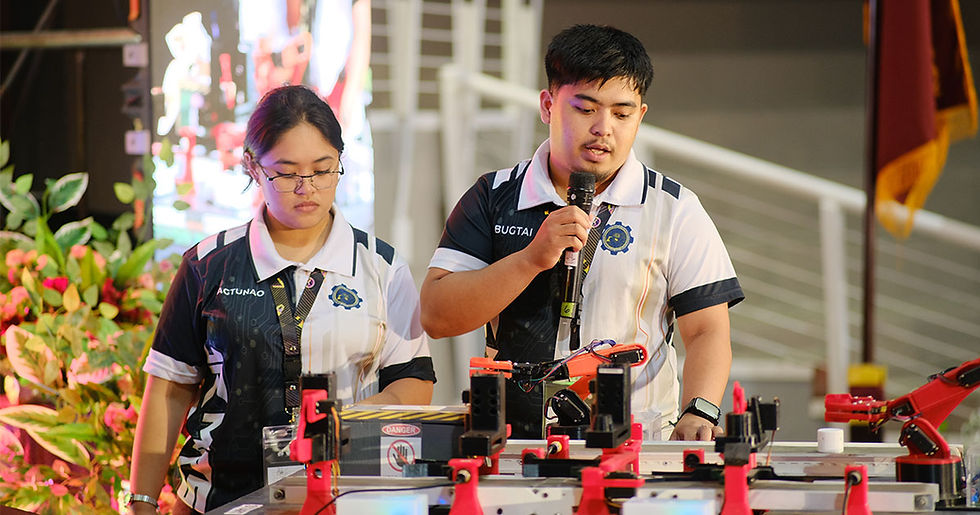Better Buckets: Achieving mass production wherever and whenever it's needed
- Field Ready

- May 30, 2019
- 3 min read
It’s such a basic need. A bucket to gather, carry and store life-saving water. It's so vital that we put it in our logo. But it’s a need that often goes unmet, especially in emergencies. And without the right bucket, precious water can be lost.
Moreover, 780 million people do not have access to clean water. Two and half billion people do not have access to adequate sanitation. One in three people lack access to a toilet.
Field Ready is working hard to change this situation for the better.
The need for the right bucket
In an emergency situation, rapid distribution of the right water container is crucial. This is why Oxfam developed and enhanced the water container design. The Oxfam Jerry Bucket has become an essential relief item. Here are some of the design features:
The lid is designed so it cannot be remove without tools, thus keeping out insects and germs. It also ensures that the bucket is not misused and is only used to store water.
The large lid opening with a clip-on cap allows people to pour in water without removing the lid. This prevents spillage and allows easy cleaning.
It is made of durable UV-resistant food grade plastic that will not deteriorate in harsh sunlight.
It is very easy to clean, thanks to the curved edges at the base that prevent bacteria from accumulating.
It is stackable for easy distribution in large numbers.
Its 14-liter capacity holds a lot of water, but it is not too heavy when full.
It is smooth and spike-free on the bottom so that people can comfortably carry it on their heads.
The tap means water can be safely distributed without putting dirty receptacles into the water.

Fully functioning prototype shown here.
The Field Ready bucket
To cut costs and save time, and to support the capacity of local manufacturers, Field Ready’s approach is to have the right mold to make the tens of thousands of units usually required to meet humanitarian need. With support from the Shuttleworth Foundation, we are doing just that.
The design features of Oxfam’s bucket are open source which enables us incorporate all the essential components. The first stage of this process was to take detailed 3D scans of a sample bucket. From these scans we were able to create a very accurate CAD model (shown below).

Once the CAD model was created engineering drawings were produced and sent out for quotation. After reviewing a number of possible companies we selected a tooling company based in the UK with a toolmaker in China where the four injection tools have been made.
We have successfully completed the first tool trial. This allowed us to preform dimensional analysis as well as fit and function. As a result we could request two small modifications to one of the tools. The second tool trail will be completed by the end of June. A visit to Shenzhen is planned for July when the tools will be finally approved. As soon as everything is ready, the tools will be ready for shipment to one of our programs for field testing.
Once there, we plan to complete a series of production runs before shipping the large steel tools to different factories around the world. We are also looking to have the designs certified by the Open Source Hardware Association (OSHWA).

_edited.png)




Comments